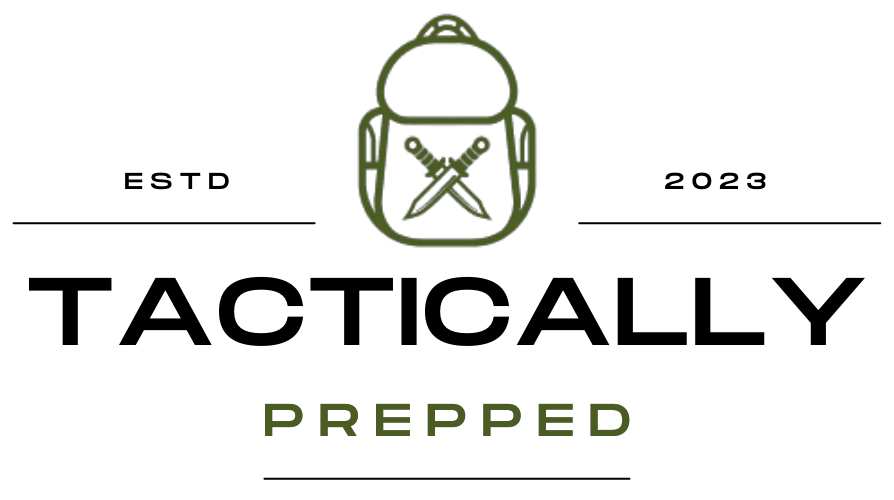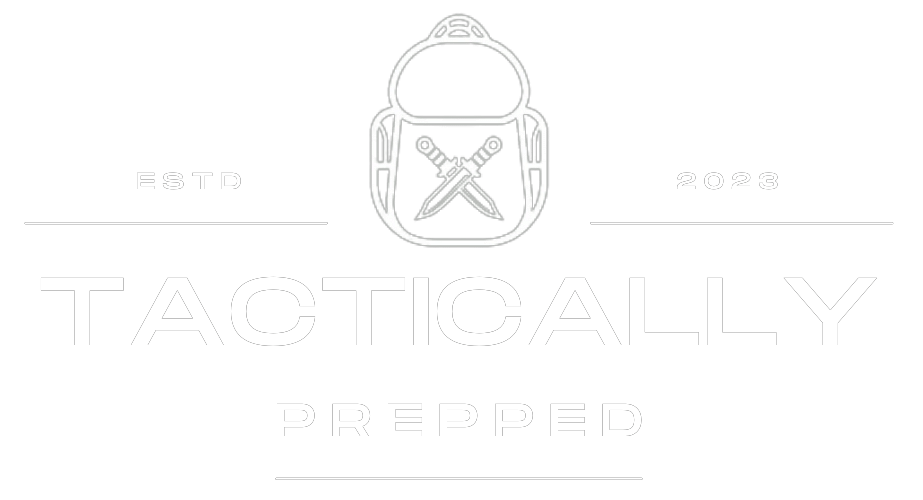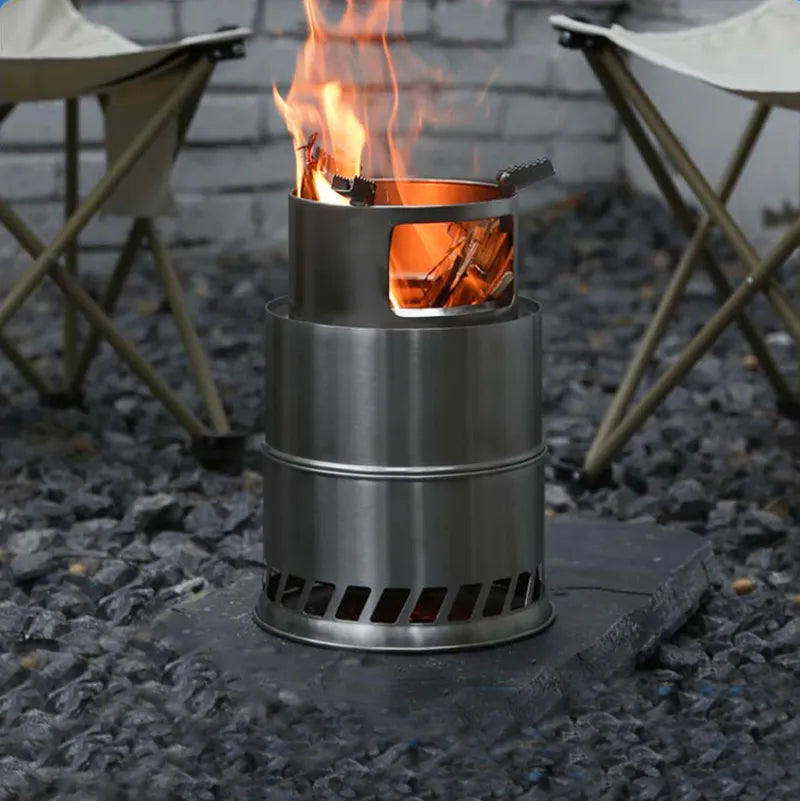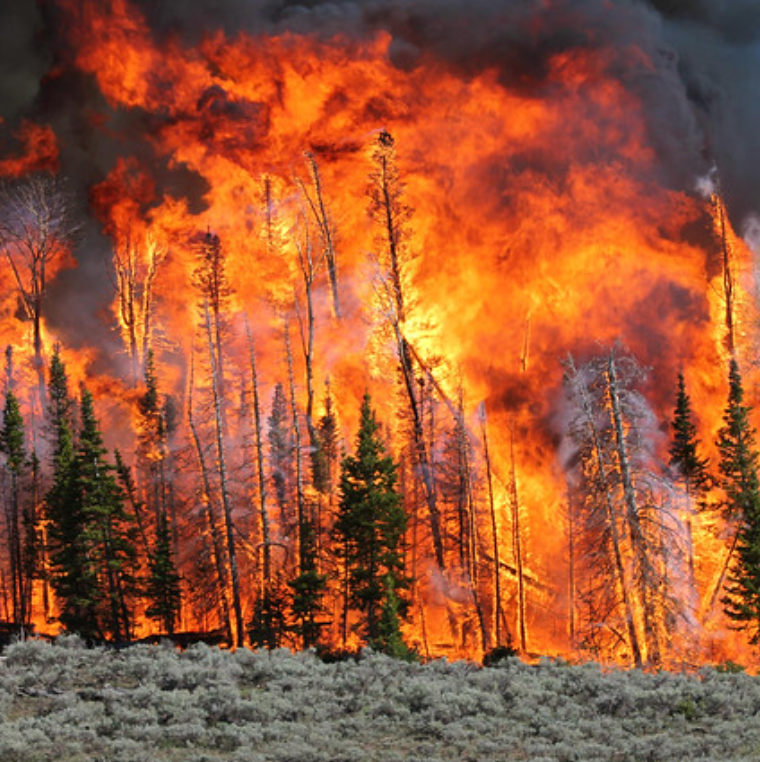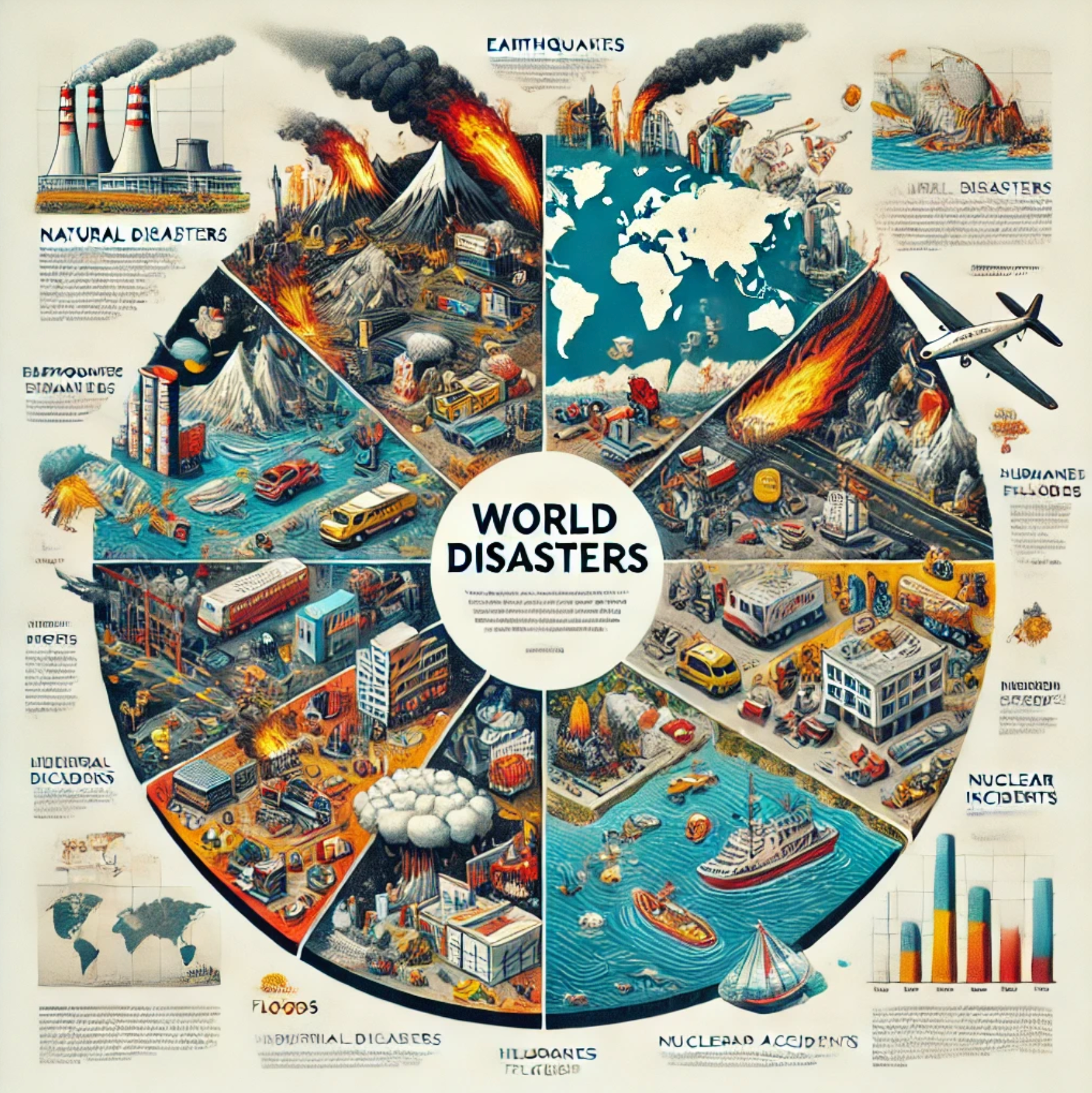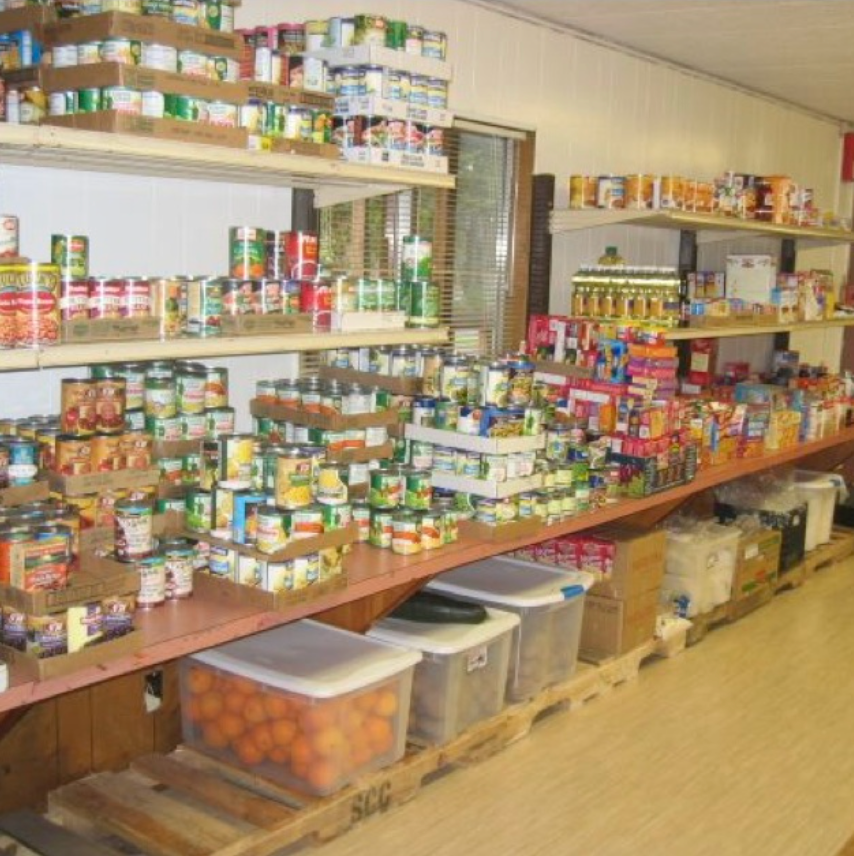
The Urgent Need to Prepare: Natural Disasters and Your Food Supply
In recent months, we've seen an alarming uptick in natural disasters across the United States. From devastating wildfires in California and the Pacific Northwest to powerful hurricanes battering the Gulf Coast and East Coast, these events have disrupted countless lives. The impact of these disasters goes beyond immediate physical damage; they also threaten our food supply, making it imperative for every household to be prepared.
The Impact on Food Supply Chains
When natural disasters strike, one of the first things to be affected is the food supply chain. Stores get demolished, roads become impassable, and deliveries are delayed or canceled. The shelves that once held your daily necessities can become barren in a matter of hours. Panic buying only exacerbates the situation, leaving those who are unprepared scrambling to find food and other essentials.
The Importance of Stocking Up on Non-Perishable Foods
One of the best ways to ensure your family’s survival during a disaster is by stocking up on non-perishable foods. These items have a long shelf life and don’t require refrigeration, making them ideal for emergency situations. Here are some essential non-perishables to consider:
- Canned Goods: Vegetables, fruits, beans, and meats can provide vital nutrients.
- Dry Goods: Rice, pasta, and grains are versatile and easy to store.
- Proteins: Canned tuna, peanut butter, and jerky can help maintain energy levels.
- Snacks: Granola bars, nuts, and dried fruits can offer quick, nutritious snacks.
The Skill of Gardening: A Sustainable Food Source
In addition to stocking up on non-perishables, learning how to garden is an invaluable skill. When you can grow your own food, you reduce your dependence on external supply chains and ensure a fresh, sustainable source of nutrition. Here’s how you can get started:
Planning Your Garden
- Assess Your Space: Whether you have a backyard or a small balcony, you can create a productive garden.
- Choose Your Crops: Focus on high-yield, easy-to-grow crops like tomatoes, peppers, lettuce, and herbs.
- Prepare Your Soil: Use compost and organic matter to enrich the soil and ensure healthy plant growth.
Growing Your Food
- Start with Seeds: Begin with quality seeds or seedlings from a trusted source.
- Water Wisely: Ensure your plants get enough water without over-watering. Drip irrigation systems can be very efficient.
- Pest Control: Use natural pest deterrents to protect your crops.
Harvesting and Storing
- Harvest Regularly: Pick your crops at peak ripeness to enjoy the best flavor and nutrition.
- Preserve Your Bounty: Learn how to can, freeze, or dehydrate your produce to extend its shelf life.
Combining Preparedness Strategies
By combining a well-stocked pantry of non-perishable foods with the knowledge and ability to grow your own food, you create a robust safety net for your family. This dual approach ensures that you are prepared for immediate needs during a disaster and can sustain yourself in the long term if supply chains remain disrupted.
Conclusion: Act Now to Ensure Your Safety
Natural disasters are unpredictable and can strike with little warning. The time to prepare is now. Stock up on non-perishable foods, learn the essentials of gardening, and equip yourself with the tools and knowledge to be self-sufficient. Your proactive steps today can make all the difference in ensuring your family's safety and well-being during and after a disaster.
Stay safe and be prepared.
